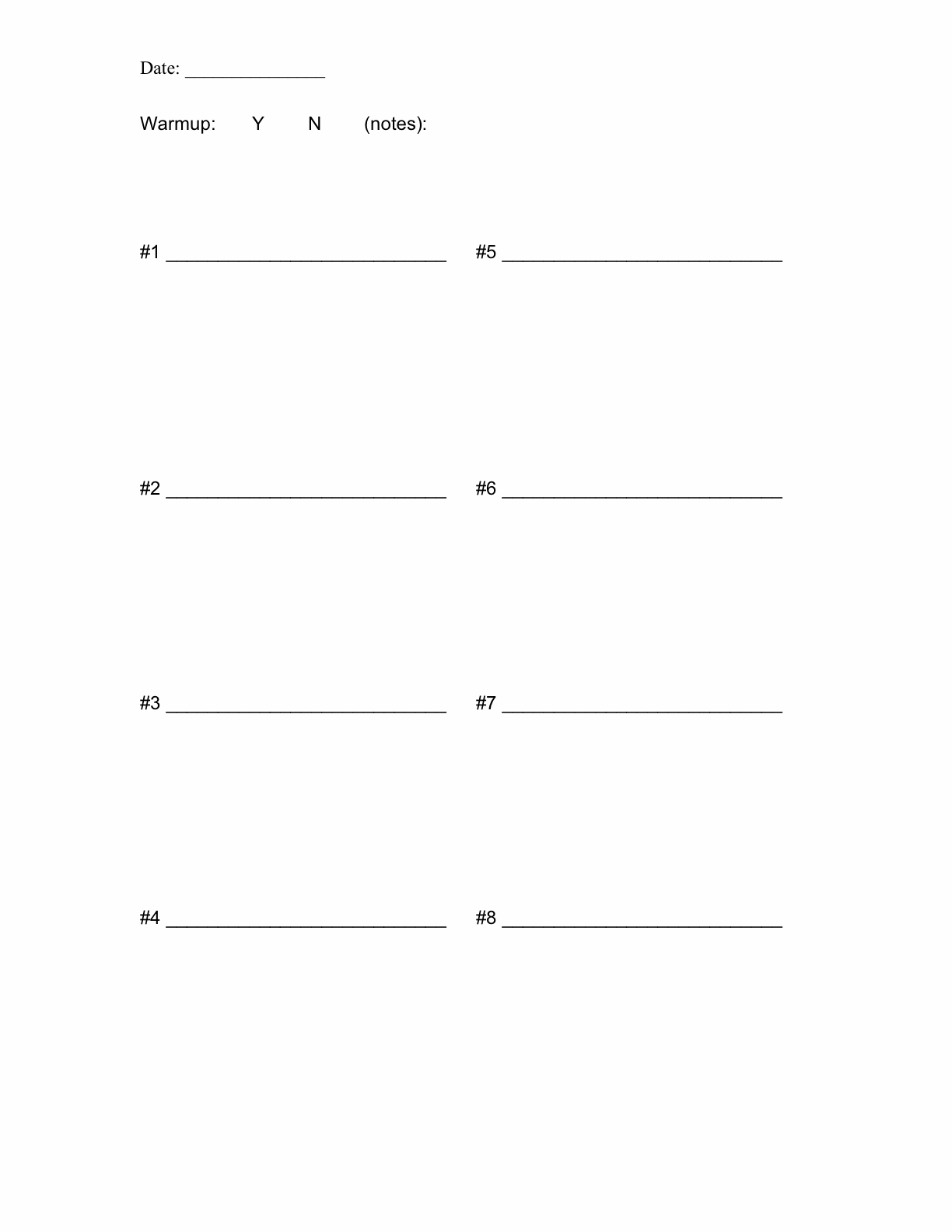Our brain is a fantastic learning machine and we still don’t know everything it is capable of. However, it still has it’s limitations. To maximize efficiency in practicing, we need to understand those limitations and work around them. One of the biggest shortcomings of our brain is its ability to focus and digest information for extended periods of time. This is actually a critical safeguard that screens for pertinent information – unimportant things like what you had for lunch five days ago don’t stick around, but important things like what kind of animal is too dangerous to hunt do. (you may not be hunting and gathering anymore, but our brains developed thanks to those who did!). So what can we do to get our brains to file our practicing under “important”?
When you practice music, you are attempting to commit things to long-term memory. However, this takes time and requires a good amount of repetition to convince your brain that what you’re playing is worth retaining. To make things more complicated, your brain can only take so much absorption before it gets “full.” Which means you need to find a sweet spot: an amount of time long enough to learn something but short enough to not overload your brain.
A realistic and practical solution is to practice no more than two hours in one sitting. This allows you get a lot done while letting your brain avoid saturation.
“Two hours?!” you bleat, “but Coltrane practiced for like forty hours a day!” Did you know that he practiced so much that it took Miles Davis to basically say “yo, cut it out and just play” to get him to make real music and not just blow people away with a million notes? Yes, the more you practice, the more you’ll be able to play. But after two hours in one sitting, you are devoting yourself to art rather than simply developing your chops – a noble thing to do, but most people who go for 12 hour practice days have to give up other things, like school, work, hygiene, etc.
Within a two hour block of time, you should divide your time into fifteen minute blocks. In each of these blocks you work on a different thing. You can repeat things in a two hour block, but try to stick something else in between. This has several benefits: A) You never get bored or burnt out with practicing because you always have new things to get to B) you never neglect other topics you need to cover, and C) you are forced to not waste time on a topic.
Make a list of “things to practice.” For example, for a trumpet player in high school, your list might look something like this:
- Scales
- Clark studies
- Region music (fall)
- Solo (spring)
- Marching show
- Jazz Band music
- Sightreading
- Transposition
- Lip flexibility
- Improv.
- Transcribing
- Arban’s phrasing tunes
- Brandt 34 Studies
Not a bad list. So every day, you make a grid or list, like the following:
(please feel free to print this list and make copies for yourself! You can print a few dozen at once and put them in a three-ring binder if you want to get really organized. Here is a higher quality version in pdf form. This is basically a powered-up version of the practice journal.)
And in each fifteen minute block drop in one of your topics. Do your thing for fifteen minutes and move on. Use a stop watch if you want, or maybe an alarm with a fifteen minute snooze.
If you get through those two hours and want more to do, give yourself an hour break, at a minimum. Studies continuously show that brains learn much quickly and efficiently when they have been given rest. (Plus you get a chance to do other things.)
And there you go! With this method you never get bored, you rarely get frustrated, you learn as much as possible in the smallest amount of time but practice a large amount of time overall. Remember, if you don’t have two hours to sit down and devote to your instrument, try ninety minutes. Maybe one hour. Maybe fifteen minutes is all you have. That’s OK! Use it wisely and efficiently! The main goal is not to drop countless hours into your art – that happens over time and is up to you to make the time for that, to master your craft – no, the main goal is to take the time you have and get the most bang for your buck.
Work with the other practice techniques I’ve written about and you’re all set.
“I don’t have time” is no longer an excuse. Happy practicing!
See also:
Practicing Well, Part I: Burning out and setting new goals
Practicing Well, Part II: Warming Up
Practicing Well, Part III: Using a metronome
Practicing Well, Part IV: Keeping a practice journal

